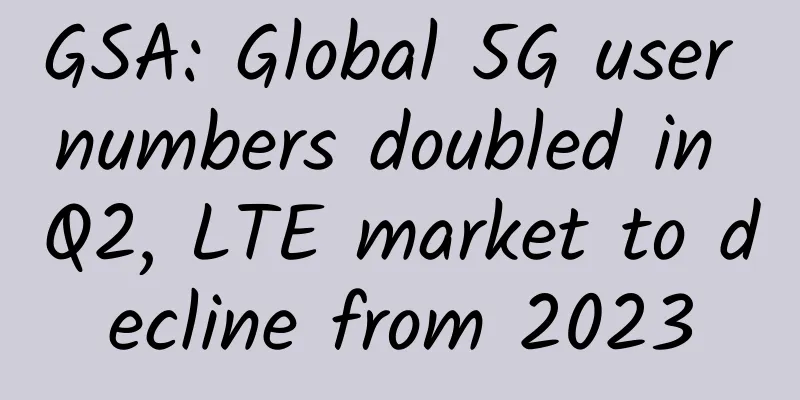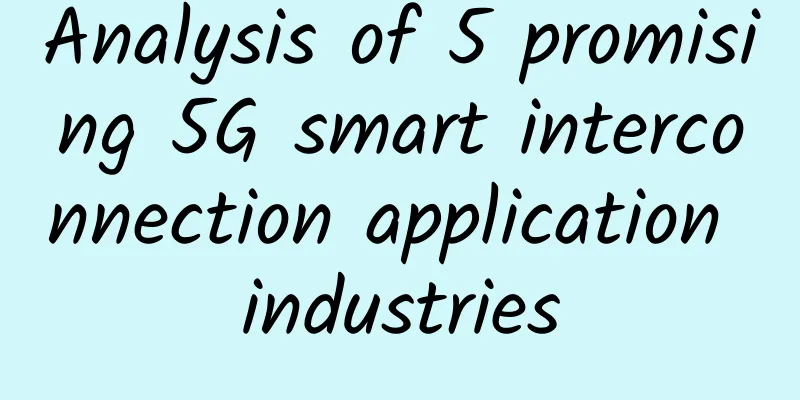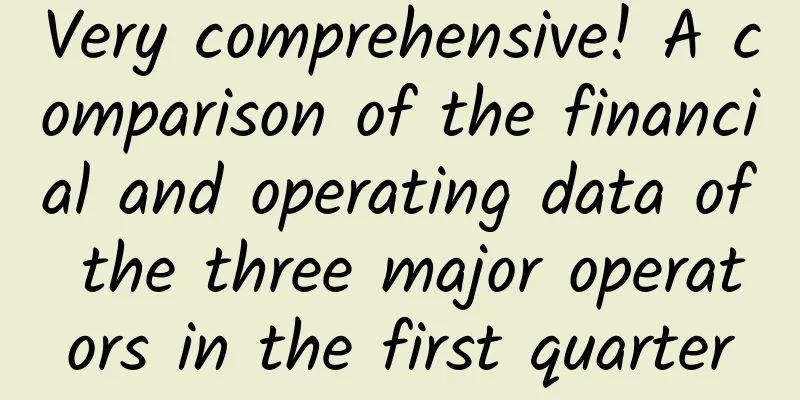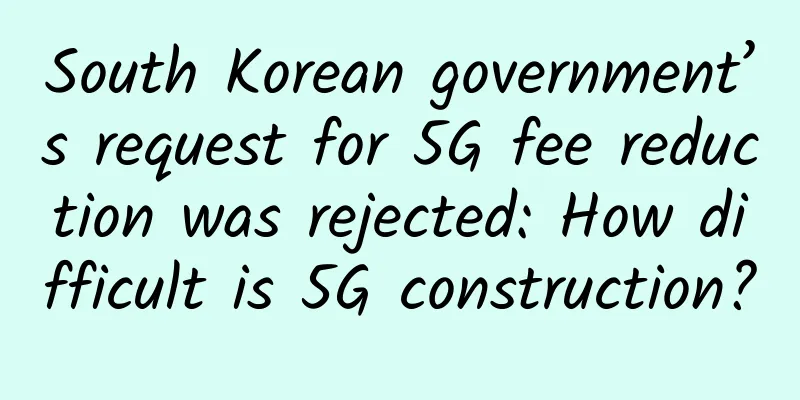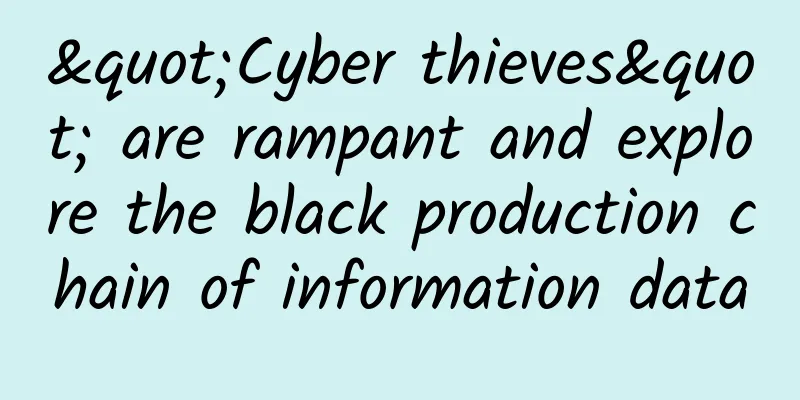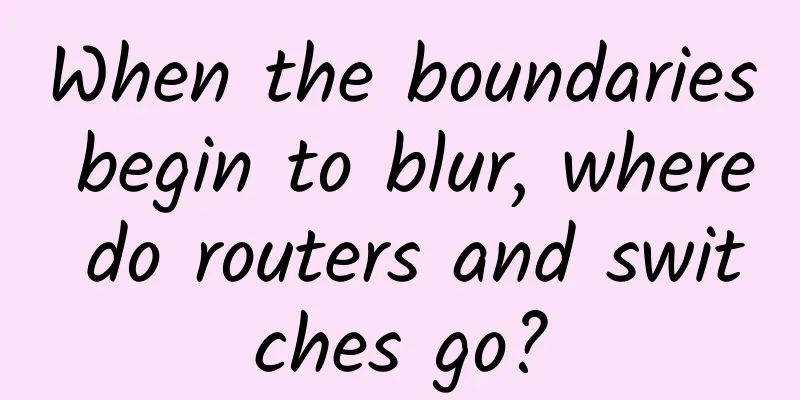5G has yet to bring innovation in connectivity pricing
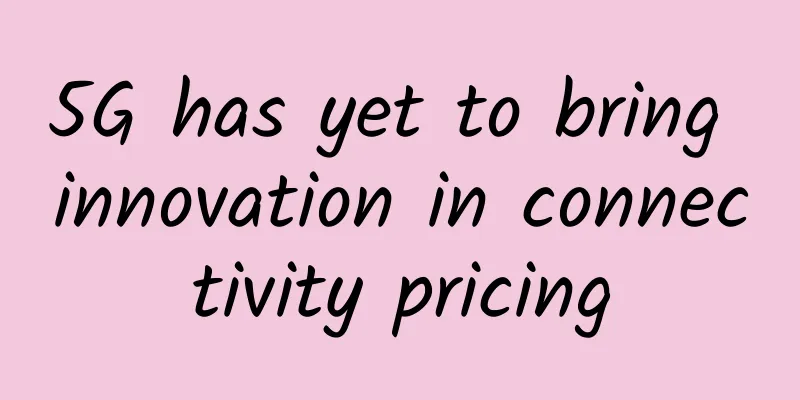
|
It is reported that unlike its predecessor, 5G has not brought major innovations to the pricing strategies of global telecom operators. As early as 2011, with the introduction of LTE technology, data download speeds and capacity have been significantly improved, especially compared with existing technologies such as HSDP/HSPA+, WCDMA and EVDO. Operators used this as a basis to introduce premium prices to improve service quality.
Depending on the local market environment, LTE offers different benefits over 3G. At the same time, challenger operators use this opportunity to undercut existing pricing to gain market share. Essentially, LTE pricing is structured around data allowances (data volume), access speeds (bitrates), service quality, and added value (including content bundling, etc.). 5G has been available in many markets for about two years now. Twimbit’s recent study on global 5G pricing trends and benchmarks noted that telecom companies are extending similar propositions to their existing 4G capabilities when introducing 5G to customers. Limited use cases coupled with limited IT capabilities have constrained service providers from offering more innovative pricing models. Does 5G require telecom operators to think about pricing differently? There is no straightforward answer to this question. The relevance of effective pricing depends on the market environment, overall business strategy and the capabilities of the operator. Operators see 5G as a revenue driverAbout 41% of 5G service plans launched by operators worldwide are premium plans compared to 4G plans. Operators often use unlimited offers to upsell premium 5G plans. Examples from South Korea, Japan, and the United States show several options built around a basic unlimited 5G plan. The premium tiers of LG U+'s 5G unlimited plan are differentiated by additional benefits and services. By offering service packages at different prices with rich 5G services and content, the telecom company improves the overall value for its customers. According to LG U+, 70% of 5G users chose the premium tier starting at 85,000 won (US$76.2). twimbit estimates that 5G ARPU is 2.4 times the operator's average mobile ARPU. 5G pioneers defend and expand market share in a highly competitive marketSome operators have considered migrating users to 5G services without causing a lot of pricing disruption. They offer a wide range of service plans for different data buckets to ensure that 5G can satisfy a wider range of customer groups. Twimbit found that about a quarter of 5G service plans offer monthly data allowances of less than 25GB. Take Three UK, for example, whose entry-level sim-only 5G plan starts with a 4GB data bucket per month. The operator offers monthly, annual, and 24-month contract plans. In each category, 5G has the most basic data tiers, 4GB, 8GB, 12GB, 30GB, up to unlimited. |
<<: South Korea pushes for independence of 6G core technology
Recommend
If operators want to make profits, they should eliminate 4G packages first.
[[346837]] After 2019, the first year of 5G, and ...
OTT IPTV has broad business opportunities. How can operators further explore CDN opportunity windows?
At the Asia-Pacific CDN Summit in April, George, ...
DogYun Chongqing VPS monthly payment starts from 70 yuan, 2 cores/4GB memory/60G SSD/50Mbps bandwidth
Last month we shared the news that DogYun launche...
How 5G contributes to Industry 4.0
During the COVID-19 pandemic, industries across t...
AkkoCloud: San Jose/Germany/UK CN2 GIA, starting at 299 yuan per year, 300-600M bandwidth
AkkoCloud is a Chinese VPS hosting company founde...
Why do I always see pop-up ads? Yes, it’s a DNS problem
What is DNS? Each IP address can have a host name...
Use data to tell you the current status of IPv6 development in China in 2021
A few days ago, Xiao Wei shared with everyone the...
Six great ways to improve your web page loading time
【51CTO.com Quick Translation】 Aberdeen Group once...
The champion of Huawei Elite Competition is about to be announced. Who will win the highest title of Huawei ICT Talent?
In a few days, the finals of the two exciting eve...
Zigbee vs. Wi-Fi: Which is Better for Your Smart Home?
All smart home appliances rely on connectivity to...
AlphaVPS: 1TB large hard drive VPS monthly payment starts from 5 euros, AMD EYPC+NVMe series monthly payment starts from 3.99 euros
AlphaVPS is a foreign hosting company founded in ...
Researchers transform 5G networks into IoT power grids
According to foreign media, researchers from the ...
DogYun (Dog Cloud) Spring Festival dynamic cloud 30% off, classic cloud 20% off, top up 100 yuan to get 10 yuan, Hong Kong VPS annual payment starts from 199 yuan
DogYun is a Chinese hosting company established i...
5G network needs to save money by relying on these four key technologies
[[385335]] This article is reprinted from the WeC...
POTN: The Future of Optical Transport Networks
Packet Optical Transport Network (POTN) is a rapi...


